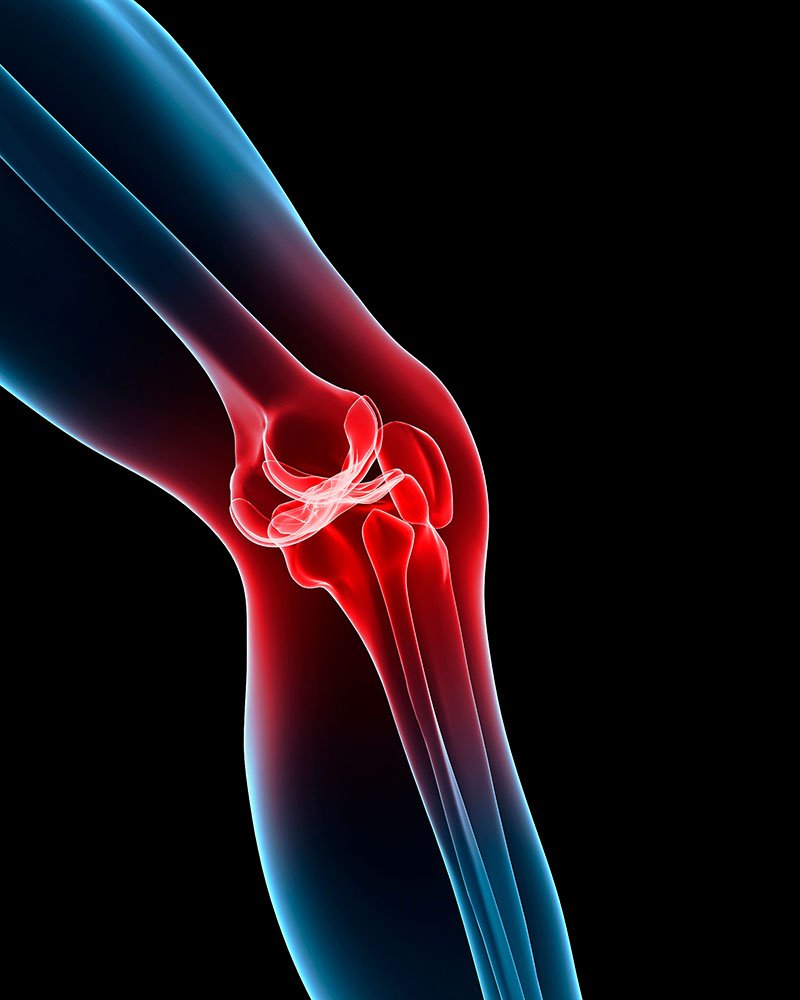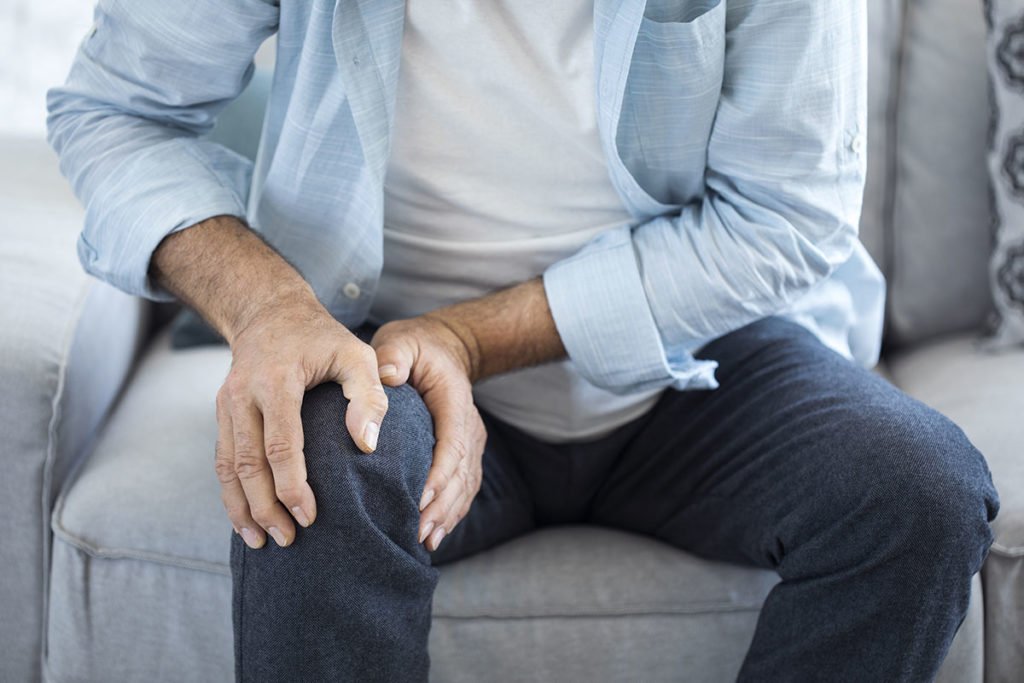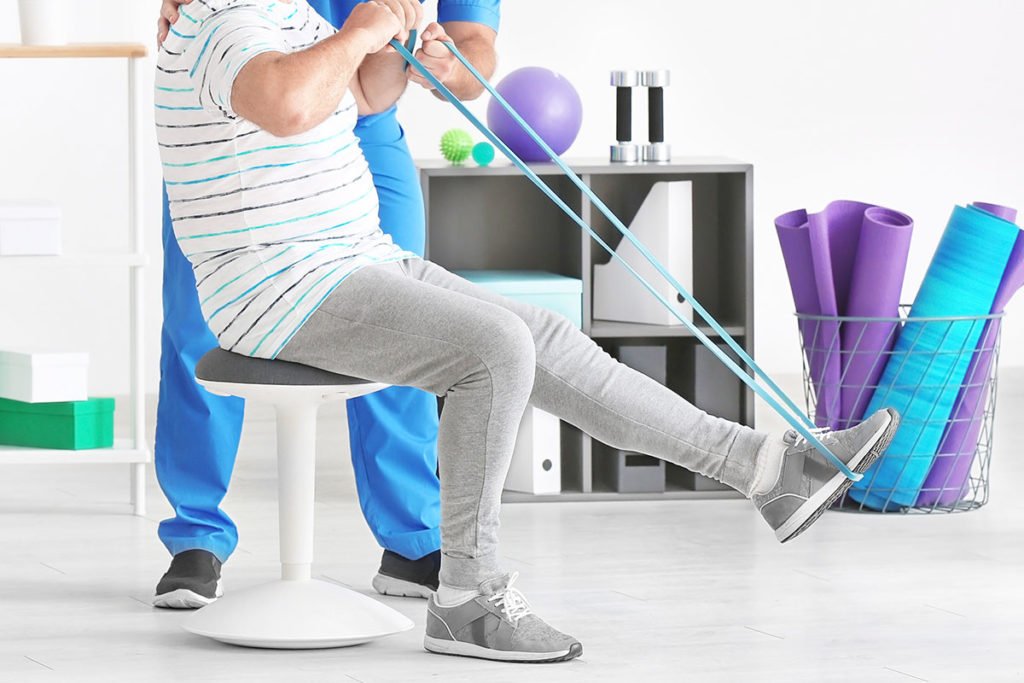KNEE AND ANKLE PAINS

Knee and ankle pain may be the cause of many medical reasons, but more than we follow from the information obtained from patients according to a sedentary life and as a result of the excess weight the load on the knee and ankle can increase and can make degenerative changes in these regions and can show itself with pain.
The most common causes of knee pain ‘strain and sprains’ (42%). After these, osteoarthritis (34%) is seen. This is followed by meniscus injuries (9%), collateral (7%) and cross-linkage injuries.
Strain and Sprains
Muscles and joint structures in our body have a certain physiological capacity in terms of movements and movements over these capacities, or overcoming these capacities, such as overweight, old-age conditions can cause small injuries or inflammatory processes in these structures can be caused. These injuries can cause joint and muscle limitations and may cause painful mobility.

Osteoarthritis
Osteoarthritis (OA) is the oldest known rheumatic disease. The radiological findings of osteoarthritis can be seen in the majority of people over 65 years of age and 80% of those over 75 years of age. The most common knees, hands and hips are held respectively. In a UK study, it was shown that 2.8% of working men and 1.3% of women had to retire due to problems related to osteoarthritis, and that 4-7 million working days per year were lost due to OA or coexistence. In the pathogenesis of osteoarthritis, genetic predisposition, trauma, inflammation, biochemical, metabolic, environmental factors and biomechanical factors are mentioned. OA patients mostly complain of stiffness, instability and loss of function in the joints. It is observed that OA is a major health problem and it is a long-term cause of disability. Osteoarthritis of the knee causes partial disability as it causes problems in activities such as sitting up and climbing, climbing stairs, squatting, standing up and walking. In osteoarthritis, although there is no treatment that regenerates the structural changes and cures the disease, the patient’s pain can be alleviated, the joint functions can be corrected or protected and the functional losses may be limited by the treatment planned for the patient. The goals of treatment in osteoarthritis can be summarized as control of pain and other symptoms, improvement of function, improvement of quality of life and, if possible, reduction of side effects associated with treatment.

Meniscus
The meniscus is located on the top of the tibial bone, biconverse fibrocartilage disc structure. The outermost sections of the menisci, whose sections are in the form of a peninsula, are thick and convex. The meniscus attach two or three horns to the front and back of the bone. The medial one is called internal meniscus and the lateral one is called the external meniscus. The outer meniscus is thicker and the horns are closer to each other.
The meniscus are movable and move forward when the leg is held in the straight position and backward when bent. Elastic fibers in the meniscus structure can easily rotate to their anatomical position after each movement with tight adhesion places in the anterior and posterior horns. In this way they move continuously between two bones which are incompatible with each other and continue their relations.
The most important part of the meniscus tasks is the load transmission. The biomechanical studies showed that the cartilage conveys the loads from the top or bottom to the opposite side in up to 40-90%. When the menisci are removed, the contact area is greatly reduced, which is a ground for future adversities. Learning of this information has shown that we have more reasons for the protection of meniscus. Today, more limited attempts are made for meniscus. Menisci, which have been easily sacrificed by the slightest problem in the past, are now considered the most respected inhabitants of the directory.

In meniscus, the tears are formed during the inhibition of their movements by means of inward or outward rotation. The most common examples of rupture can be given in relation to football. Because soccer players encounter more loadings than normal life in matches or training. While holding the foot on the ground with the crampons of the footballer, he throws or kicks over the slightly twisted knee. The meniscus is overloaded with uncontrolled or abnormal rotation on the knee while the foot is stationary. If sufficient muscle strength cannot meet these burdens, it is inevitable to have a rupture. Therefore, meniscus tears in contact sports usually develop on a slightly twisted knee, with the joint being forced to rotate excessively. The injury occurs in direct proportion to the severity and duration of the injury. With the measures taken over time and the strong muscle structure, this injury is expected to result in a reduction. However, the principle of increasing speed and power in football hasn’t led to a decrease in injury rate.
Acupuncture treatment gives positive results in knee and ankle pain. In the course of treatment, if the patient has excess weight, maintaining weight control will positively affect the course of treatment. Because excess weight is especially felt in the joints and it affects the healing process of the area badly. Acupuncture sessions should be performed once a week for a total of 10-15 sessions. After the treatment period is completed, reminder sessions should be applied at certain periods and when the discomfort is repeated.
